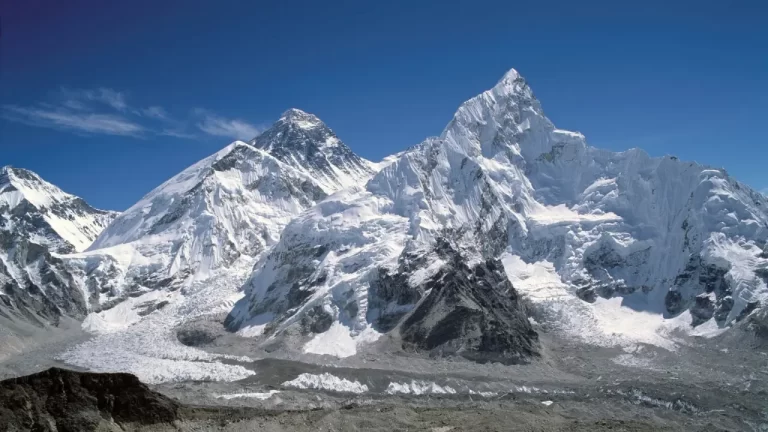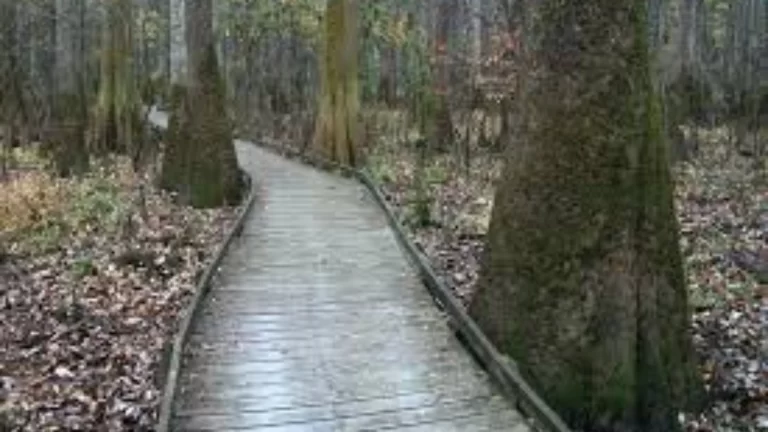A plain is a lowland area, typically not more than a few hundred feet above sea level, with either a level or undulating terrain. Some low hills may give rise to rolling topography. Plains are usually the most fertile and intensively cultivated lands in a country, and they tend to have concentrated populations and settlements. When rivers traverse them, as is often the case, their economic importance increases even more. Examples of significant temperate plains are grasslands like the North American Prairies, the Argentinian Pampas, and the Russian Steppes.
Plains can be grouped into three major types based on their formation.
Structural plains:
These are the world’s structurally depressed areas, and they make up the most extensive natural lowlands on the earth’s surface. They are formed by horizontally bedded rocks and are relatively undisturbed by the earth’s crustal movements. Examples include the Russian Platform, the Great Plains of the U.S.A., and the central lowlands of Australia.


Depositional plains:
These plains are formed by the deposition of materials brought by various agents of transportation such as rivers, wind, etc. They are typically level but rise gently towards adjacent highlands, and their fertility and economic development depend greatly on the types of sediments deposited. Some of the largest depositional plains are due to deposition by large rivers, resulting in extensive alluvial plains, floodplains, and deltaic plains.
They are the most productive agricultural plains globally, intensely tilled and densely populated. Examples include the Nile delta in Egypt for rice and cotton cultivation, the Ganges delta in India for rice and jute growing, and the plain of North China for a wide range of crops.


Glaciers and ice sheets can leave behind unsorted fluvioglacial sands and gravels in the outwash plain, or a mixture of various sizes of boulders and clay to form a till plain or drift plain. Outwash plains are often barren, like in parts of Holland and northern Germany, while boulder clay can be highly valuable for farming, like in the Midwest of the U.S.A. and East Anglia in England.
In coastal regions, beach materials such as mud, sand, or shingle can be driven landwards by waves and winds, forming marine swamps, mudflats, and tidal and estuarine lowlands. This process has contributed significantly to the formation of the coastal lowlands of Belgium, the Netherlands, and the Gulf Coast of the U.S.A. In some cases, uplift may raise the coastal lowlands slightly, creating an emergent coastal plain, such as the coastal margins from Florida to Texas.
Winds can also carry fine particles called loess from interior deserts or barren surfaces and deposit them on hills, valleys, or plains, forming a loess plateau, as in north-west China, or a loess plain, as in the Pampas of Argentina. The loess helps to level an undulating plain by filling up grooves and depressions. Many of the world’s fertile agricultural regions are located on loess-covered plains.
Erosional plains:
These plains are carved by the agents of erosion such as rain, rivers, ice, and wind. Over millions of years, even high mountains can be reduced to low undulating plains. Rivers, in their course from source to sea, deepen their valleys and widen their banks, cutting back the projecting spurs so that the level ground bordering the river is constantly widened.
In glaciated regions, glaciers, and ice sheets scour and level the land, forming ice-scoured plains, and hollows scooped out by the ice are now filled by lakes. In arid and semi-arid regions, wind deflation sweeps away much of the eroded desert materials, lowering the land’s level and forming extensive plains, like the gravelly or stony desert plains called reg in Africa. Mechanical weathering in arid and semi-arid areas wears back the mountain slopes, leaving gently sloping pediments or pediplains.
Overall, plains are critical landforms that have significant economic and agricultural importance in many parts of the world, and they can be classified into three primary types based on their formation.




























